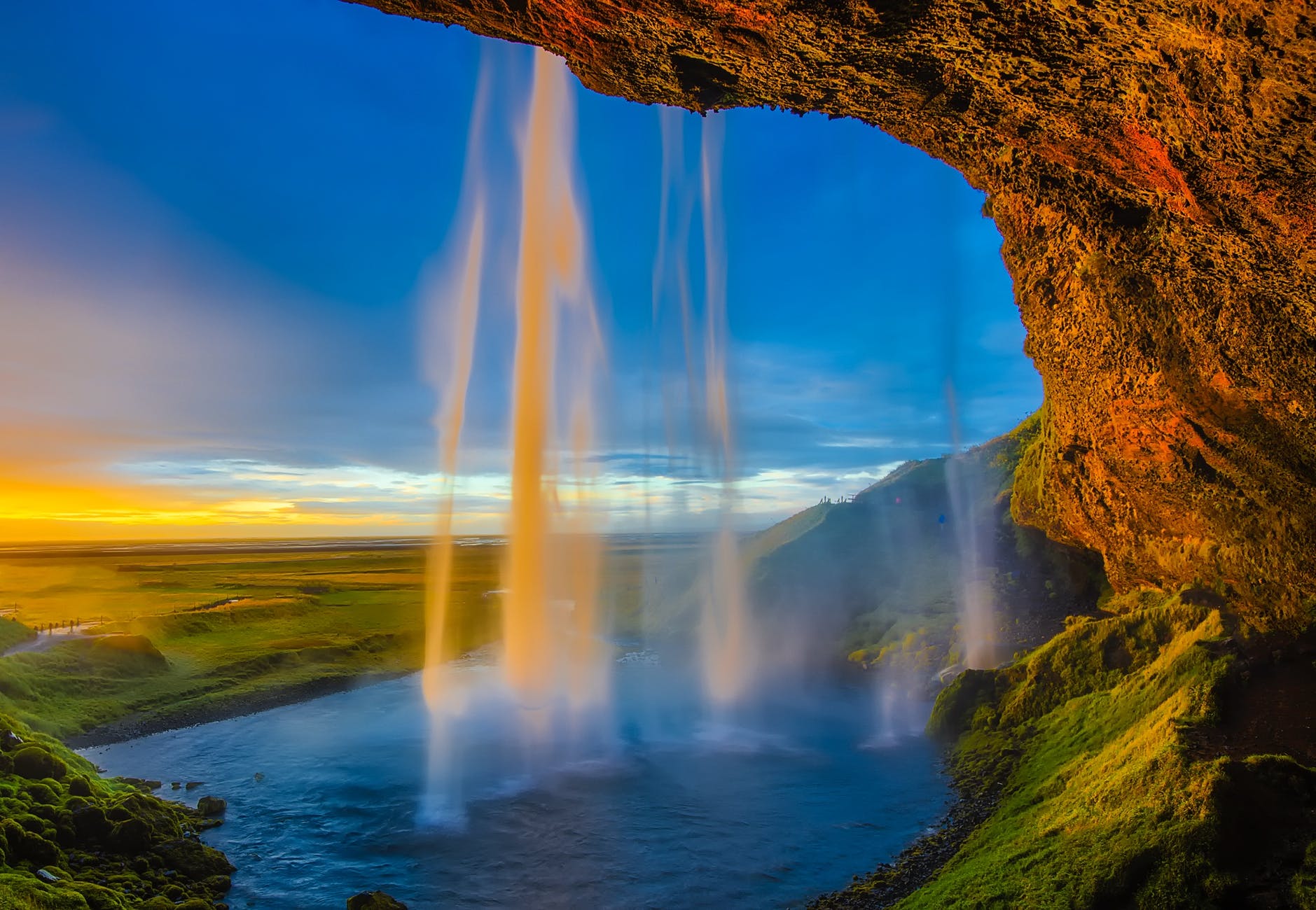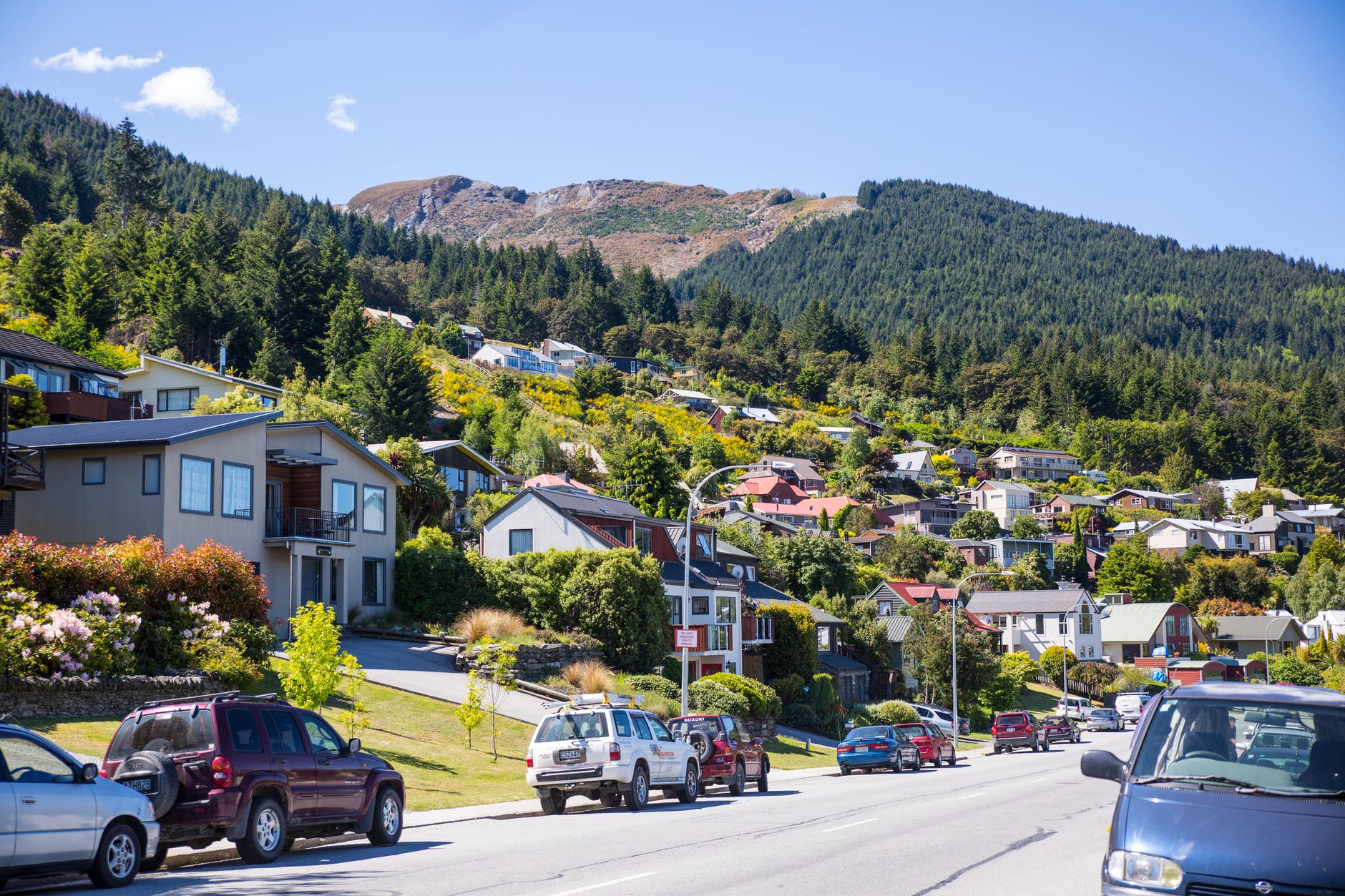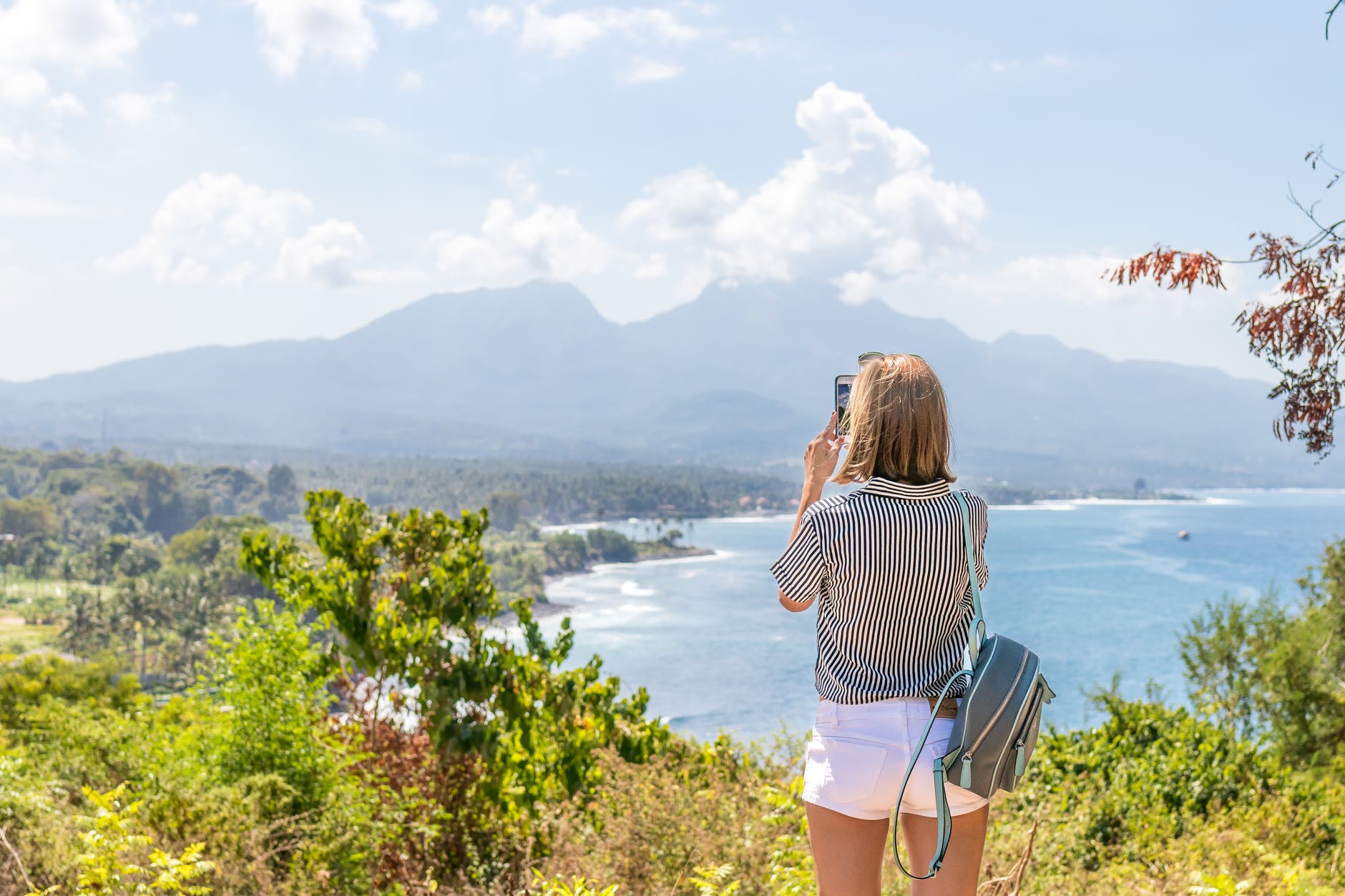Safe means protected from or not exposed to danger or risk. Safety is one of the top priorities for nations worldwide, be it in better protecting its citizens on the streets, guarding them against wrongdoing or even safeguarding them against online crime. This report is published annually by the Institute for Economics and Peace, “an independent, non-partisan, non-profit organization dedicated to shifting the world’s focus to peace as a positive, achievable and tangible measure of human wellbeing and progress.” A total of 163 countries are featured in the report. There are 23 different indicators used to determine how safe or how dangerous a country is. Main factors are Number of internal and external violent conflicts, Level of distrust, Political instability, Potential for terrorist acts, Number of homicides, Military expenditures as a percentage of GDP. Based on these factors, a score is calculated for each of the 163 nations featured. The lower the score, the higher the nation is ranked in terms of safety. Here is the list of top 10 safest countries in the world.
1.Iceland

Land of ice and fire, better known as Iceland has been voted the safest country in the world 13 years in a row now. The Global Peace Safety index looks at crime rates, the political landscape, natural disasters and health risks. The official categories are social safety and security, ongoing domestic and international conflicts and the level of militarization. Iceland is a unique place with a strong yet sensible character. Here air quality is exquisite. Iceland is a Nordic nation with a relatively small population of 340,000.Icelanders feel safe in their country, even if they are in a position of power. Icelanders have excellent English language skills. Here the crime rate is very low. Iceland is not inhabited by mosquitoes, ticks, bears, snakes, poisonous spiders or any kind of other hazardous animals. You can roam around the highlands in berry season. The strict driving regulations in Iceland are yet another overlooked aspect contributing to the overall safety of its citizens and visitors alike.
2.New Zealand

New Zealand is the second-safest country in the world. New Zealand has a very low crime rate, especially violent crime. New Zealand has no deadly animals, unlike its neighbor down-under, Australia, known for having some dangerous wildlife. Corruption Perception Index ranks us the least corrupt country in the world, equal with Denmark. New Zealanders are by and large open-minded and believe people should be free to live the lifestyle they choose. It’s pretty safe and secure, you and your family can feel free to get out and enjoy everything New Zealand has to offer. We can enjoy New Zealand’s open spaces, discover the beaches, have fun in the playgrounds and parks, picnic, explore the bush, climb mountains and cycle to our heart’s content. We can also expect officials and people in authority do what they’re supposed to do without requiring extra cash, ‘service fees’ or favours. police in New Zealand do not carry personal firearms.
3.Portugal

Portugal is the third safest country in the world. Portugal has made an economic resurgence, decreasing its unemployment rate from over 17% to 7%. It is second among the countries of the European Union. The issue of security is far from being a strict law enforcement issue. Today, security is a decisive factor in attracting investment, in attracting tourists that we hope to have again, in order to strengthen the country’s global image easily from countries that have great potential like this, in which insecurity limits economic development, investment or tourism”. Portugal is beaten only by Iceland and New Zealand on this list of the safest countries, and is ranked far higher than neighbouring countries such as Spain and France. Alongside climate, safety is an important deciding factor. An increased police presence has resulted in a decreased crime rate in the country. The sun shines for about 3,000hours a year in the Algarve, and the warm sea breeze from the Atlantic Ocean always feels pleasant on the skin. Political climate in the country has been stable for years and crime rates in Portugal are some of the lowest in Europe.
4.Austria
Austria is the fourth-safest country in the world. Austria ranking comes with developed economies and healthcare systems. Austria has one of the lowest crime rates in Europe. But there are still some hotspots where trouble may find travelers. Austria earned low weapon imports. The U.S. Department of State has assessed Vienna as being a LOW-threat location for crime directed at or affecting official U.S. government interests. Austria has one of the lowest crime rates in Europe, and violent crime is rare. Crime rates generally decreased slightly during 2019. Credit card fraud is less prevalent than in the U.S. because Austrians typically purchase goods and services using cash or bank transfers instead of using credit cards. Cybercrime in Austria generally follows worldwide trends. Due to the country’s political instability, social unrest has increased. Austria is a very safe country to visit. Serious crimes are uncommon, although people should be aware of pick pocketers and purse-snatchers.
5.Denmark
Denmark is considered an extremely safe country to visit. It is a country with almost no risk of natural disasters. Everyone in Denmark has access to healthcare with no additional fees to them, tuition-free education, and the elderly are provided at-home care helpers. There are no risks for women traveling solo in Denmark. We can relax, but still remain careful and stay out of dangerous situations such as finding ourselves alone with strange people, or in poorly lit or empty streets. Denmark has recently experienced a rise in gang violence, especially among immigrant groups. Denmark has a temperate climate, which is characterized by mild winters, coldest months being January and February with an approximate temperature of 1.5 °C (34.7 °F), and cool summers, with an approximate temperature in August of 17.2 °C. Denmark has a high level of equality and a strong sense of common responsibility for social welfare.
6.Canada
Canada also ranked as the sixth best country in the world for women, third in business, and second in terms of citizenship rankings. Safety is one of the top priorities for nations worldwide, be it in better protecting its citizens on the streets, guarding them against wrongdoing, or even safeguarding them against online crime,” reads. Canada is among top ‘safe and stable’ countries for international students. Canada has introduced some measures to allow international students to travel to their desired destination. Canada is considered one of the safest destinations in the world. Crime rates are low, police are trusted, easy to contact, and quick to respond. No matter where you travel some common-sense is an important part of personal safety and the security of your property. In Nova Scotia it’s also common to see wildlife along the sides of highways, so pay attention to the sides of the road.
7.Singapore
The city-state is also the second-safest city in the world. Singapore has one of the lowest crime rates in the world, which is due to severe penalties that are issued for even small crimes. Singapore residents felt the highest sense of personal security and have positive experiences with law enforcement. Gross domestic product per capita is high and unemployment is low, making Singapore one of the wealthiest nations in the world. The top three—Singapore, New Zealand and Australia—are able to provide a pre-pandemic quality of life for their populations, with the exception of international travel, which is basically shut down to prevent the virus from slipping back in.” Singapore gained self governance in 1959, and in 1963 joined the Federation of Malaysia. In 1965 it left the federation and became independent as the Republic of Singapore. Safety and security serve as a major point of pride, residents and visitors are subject to harsh penalties. One of Asia’s four economic tigers, Singapore has seen impressive growth in recent years as efficient manufacturing and production practices have made way for free-market innovation in the booming electronics and pharmaceutical industries. Space constraints coupled with rapid population growth contribute to concerns about the rising cost of living and income inequality. Conservation, land reclamation efforts and improved environment-friendly practices amid the urbanization and industrial pollution are also a focus.
8.Czech Republic
Security in the country is a crucial factor for tourism. The Czech Republic excels so well in this respect .Assessment of GPI is based on government expenditure on the military and weapons industry, relationships with neighbouring countries, degree of respect towards human rights, economic and educational situations, risk of terrorist attacks and of course criminality. Most peaceful countries tend to be smaller with a well-developed democratic system and fair economic situation. Crime rates have steadily decreased over the years, especially violent crimes. The Czech Republic also has a low impact of terrorism. Czech Republic is relatively involved high in foreign conflicts, the high ratio of the number of prisoners per capita, and security forces and police assessment. Safety should be one of the factors you consider when choosing a country to study abroad in. the Czech Republic is considered one of the safest destinations. The country’s strongest point was safe communities. The Czech Republic also boasts an efficient health care system – Czech hospitals are clean, the state-run insurance system is relatively inexpensive, and coverage is almost universal. Furthermore, the capital city of Prague is considered one of the safest and most beautiful cities in the world, too.
9.Japan
The ninth-safest country in the world is Japan. Japan is receiving high marks for low crime rates, internal conflict, and political terror. Japan is known for having limited immigration and limited access to firearms. According to the Safe Cities Index from the Economist Intelligence Unit, Tokyo is considered the safest city in the world, ranking first in cybersecurity, second for health security, and fourth for infrastructure security and personal security. The Japanese people are kind, courteous, and respectful, making Japan a must-go for female travelers. Crime is basically nonexistent in Japan. Basically, We can go anywhere in Japan without fear. Japan takes natural disaster preparation very seriously.
10.Switzerland
Switzerland is the Tenth safest country in the world. Switzerland reinvests much of its economic success back into its infrastructure, which translates into dependable and modern transportation, healthcare, communication, and education systems. With its rich green valleys, sparkling lakes, and majestic mountain ranges, Switzerland is not only one of the most beautiful places on earth, it is one of the most safe and stable countries in the world. Switzerland being well-prepared to handle the crisis. Switzerland was able to maintain neutrality through both world wars. Switzerland has so many beautiful, clean, and well-managed cities with extremely low crime rates, many major corporations have their headquarters here. It can boast a low unemployment rate, averaging about 3% over the last decade. This country has effective criminal justice systems and governments that maintain very healthy relationships with their citizens. Switzerland ranked amongst the ten highest weapons exporters per capita every year for the last five years. Switzerland ranks fourth global food security country.
